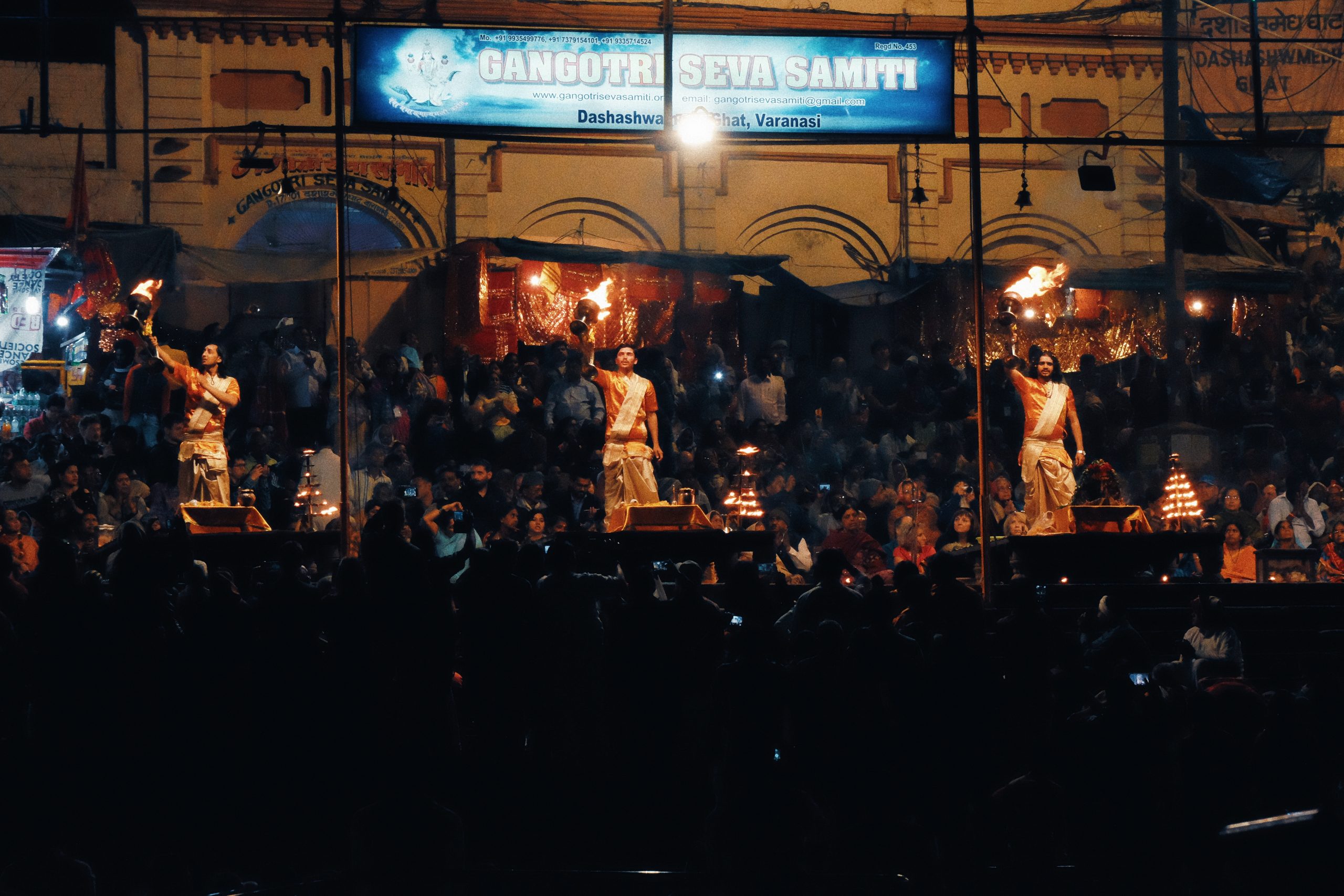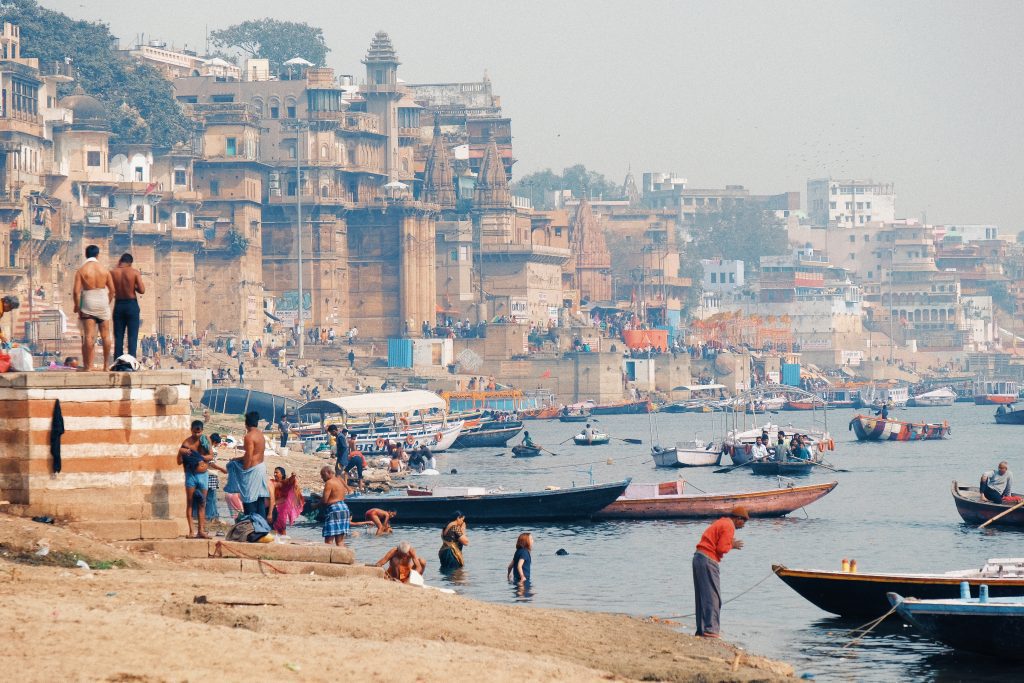
Note: This is an ante-dated post (actual date of events)
February 12-13, 2018. It is both a disturbing and a solemn experience to witness burning bodies as you walk along either of the two ghats (stepped segments on the river bank) dedicated to the cremation ritual along the Ganges. Hindus believe that the Ganges, particularly in Varanasi, is the most sacred place to die, and that cremation along its banks breaks the never-ending cycle of life, death and tragedy and delivers one’s soul to moksha.
As a matter of fact, some Hindu families prepare for the expected deaths of loved ones in Varanasi for the purpose of having their relatives fatefully die in this sacred place. Some Hindu individuals who feel like they are near their deaths, travel to the city and lodge at hospices near the river especially established for those who wish to make their death beds, waiting for the day they perish.

Note: This is an ante-dated post (actual date of events).
February 12 – 13, 2018. Some experts claim that the Ganges is one of the most polluted rivers in the world. Despite this reputation, thousands of devotees bathe each day in its waters at the city of Varanasi in Uttar Pradesh–believing that immersing in its waters helps purify their souls and facilitate moksha, or the liberation from the recurring cycle of rebirth and tragedy. Or at least they get good karma, although I am not so sure good karma is all they’re getting from the water.
Great efforts are being exerted to reverse the pollution. And this is not impossible because the Ganges is a moving river constantly drained by monsoon and upland waters from the Himalayas.

I arrived in Varanasi after a gruelling 36-hours and four-flights voyage from Manila. It was originally supposed to be just a three-flight trip in under a day, but since I had booked my flights almost a year ahead of my travel, one of the segments apparently got discontinued along the way. Thus, instead of flying directly to Varanasi from Kolkata, I had to fly all the way west to Delhi and then turn back east to reach Varanasi.
After watching Pope Francis’ speech in his encounter with the youth, I am even more amazed and inspired with his words and ideas. I hope the message is not trivialized or watered down because the message is actually a very strong criticism and challenge for many of us young students.
He did not speak simply of the love we are so used to. He was speaking of the love of Christ, through others, especially the poor. That is why he extolled that we have to “learn how to love and be loved”! Because we don’t! He even said it is the “most important subject we have to learn in a university” which is a strong criticism of how our universities are run. We are not being taught how to love others with true compassion. The focus has always been on becoming employable professionals for a ‘globalised’ future. We have lost our sense of community and compassion with society!
When he told us that we have to learn to cry, certainly hindi niya tayo sinasabihang maging iyakin. It is not an affirmation of young people’s propensity to cry when they are heartbroken. NO! It was his way of emphasizing his message of compassion, of feeling and suffering with the poor and the abused. We do not weep with the oppressed and the abused because we do not feel their suffering. That is what the Pope meant when we have to learn how to weep!
